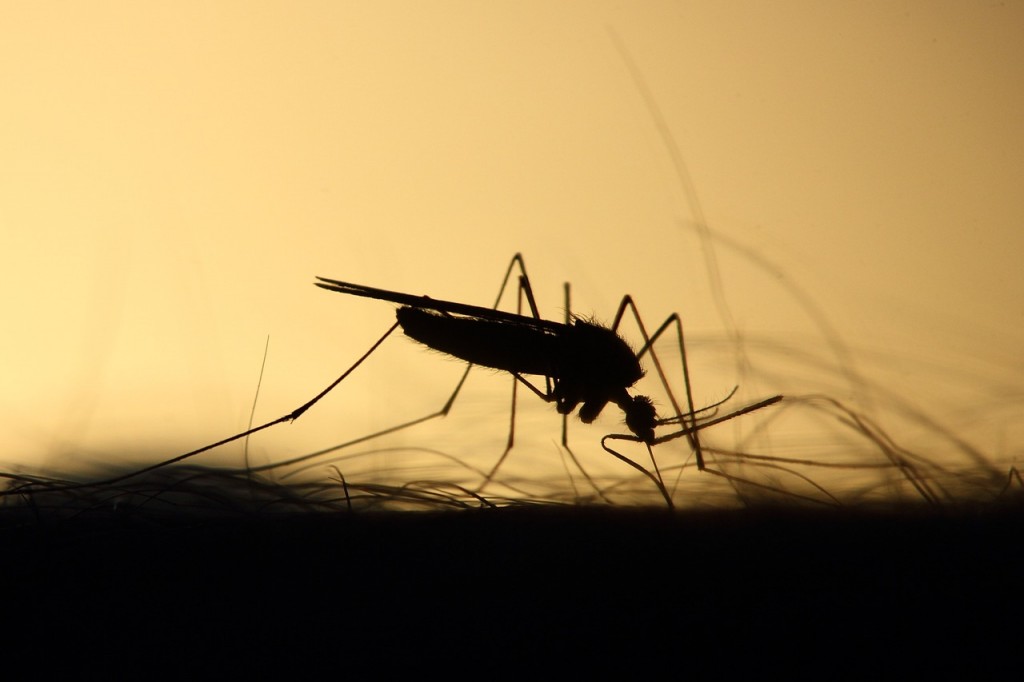
Experts point to shifting weather patterns as a key driver of this trend. (Image courtesy of Pixabay/CCL)
SEOUL, Aug. 31 (Korea Bizwire) –With climate change altering ecosystems and international travel surging, insect-borne diseases are expanding their reach across the globe, raising concerns among health officials and researchers.
The online news outlet Axios reported on August 29 that mosquito-transmitted illnesses, once confined to specific regions, are now crossing continents and affecting populations previously considered at low risk.
In the United States, the rare but deadly Eastern Equine Encephalitis (EEE) has reemerged as a threat. Massachusetts recently reported its first case of the year, while New Hampshire saw its first human infection since 2014, resulting in the death of a 41-year-old man. These incidents have sparked fears of a potential EEE outbreak across the nation.
The Centers for Disease Control and Prevention (CDC) has also warned of an increased risk of dengue fever this summer, another mosquito-borne illness. Concurrently, West Nile virus cases, transmitted by Culex mosquitoes, are being reported year-round throughout the country.
South America is grappling with its own epidemic. Oropouche fever, traditionally limited to Brazil’s Amazon region, has spread across the continent, alarming both locals and tourists. Bolivia, previously untouched by the disease, has reported over 100 confirmed cases this year alone.
The World Health Organization (WHO) has attributed this surge to a combination of factors, including climate change, deforestation, and urbanization, which have created favorable conditions for the virus to thrive beyond its original habitat.

A recent surge in temperatures has led to a significant spike in the population of ticks known to transmit infectious diseases. (Image courtesy of Yonhap)
Experts point to shifting weather patterns as a key driver of this trend. Megan Ranney, dean of the Yale School of Public Health, told Axios, “We’re witnessing the emergence of previously ‘tropical’ diseases in the United States. Some regions of the country could now be classified as tropical.”
Ranney also highlighted the impact on tick-borne illnesses, noting that milder winters have allowed ticks to survive, leading to an increase in Lyme disease cases. “This is a predictable, yet potentially deadly consequence of climate change,” she warned.
The surge in international travel has further exacerbated the situation. Recent cases of Oropouche fever in the United States and Europe have been linked to travelers returning from countries like Cuba. Sadie Ryan, a medical geographer at the University of Florida, pointed out that some mosquito species can even migrate via ships, establishing new populations in environments suited to their needs.
As these diseases continue to spread, health experts are shifting their focus from detection to prediction. “The challenge now is not just identifying where these diseases have spread, but anticipating where they will move next,” Ryan explained.
Lina Jang (linajang@koreabizwire.com)






